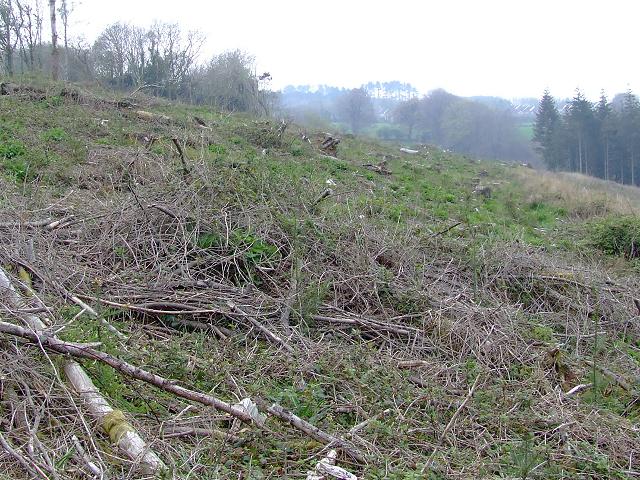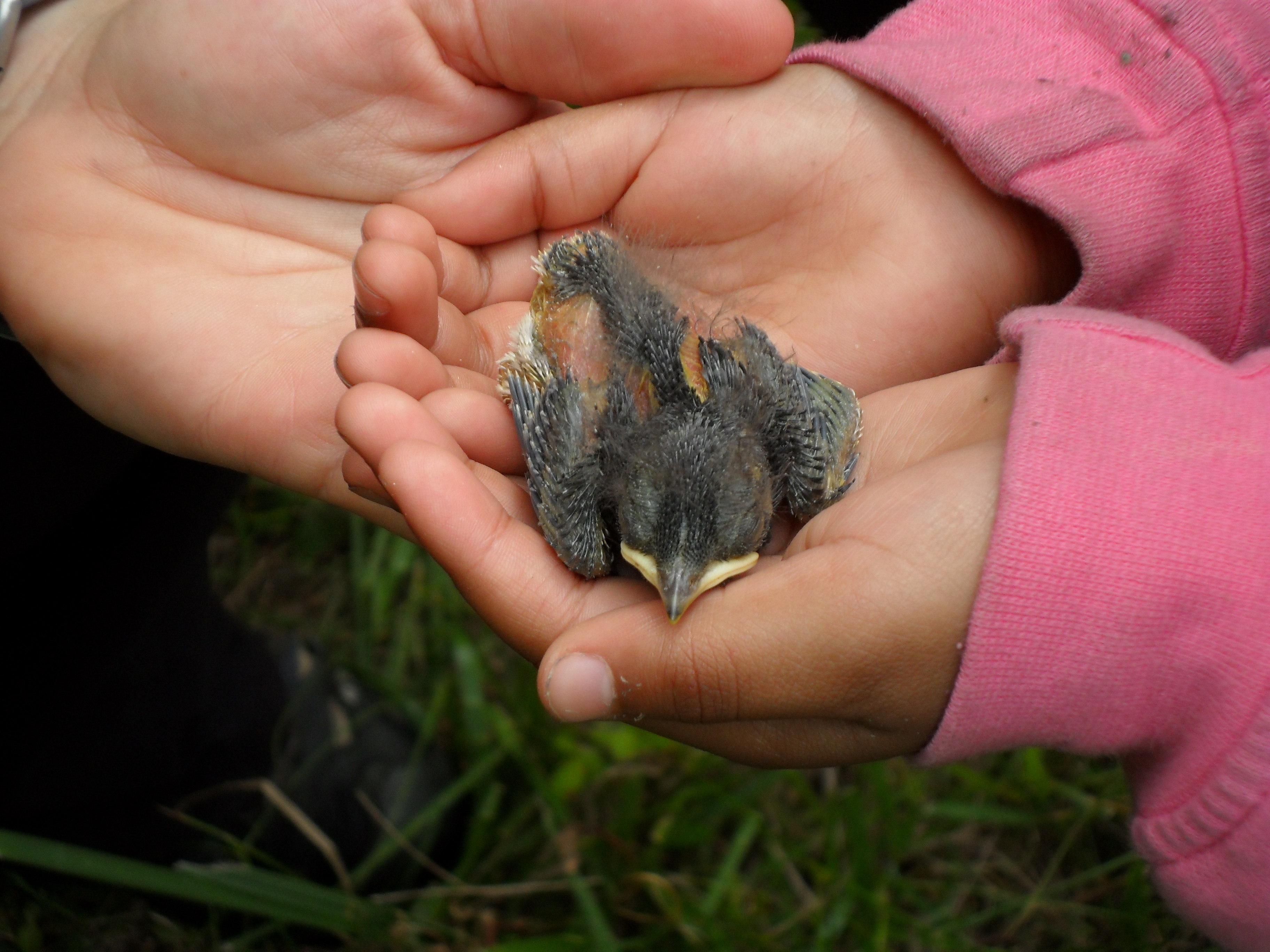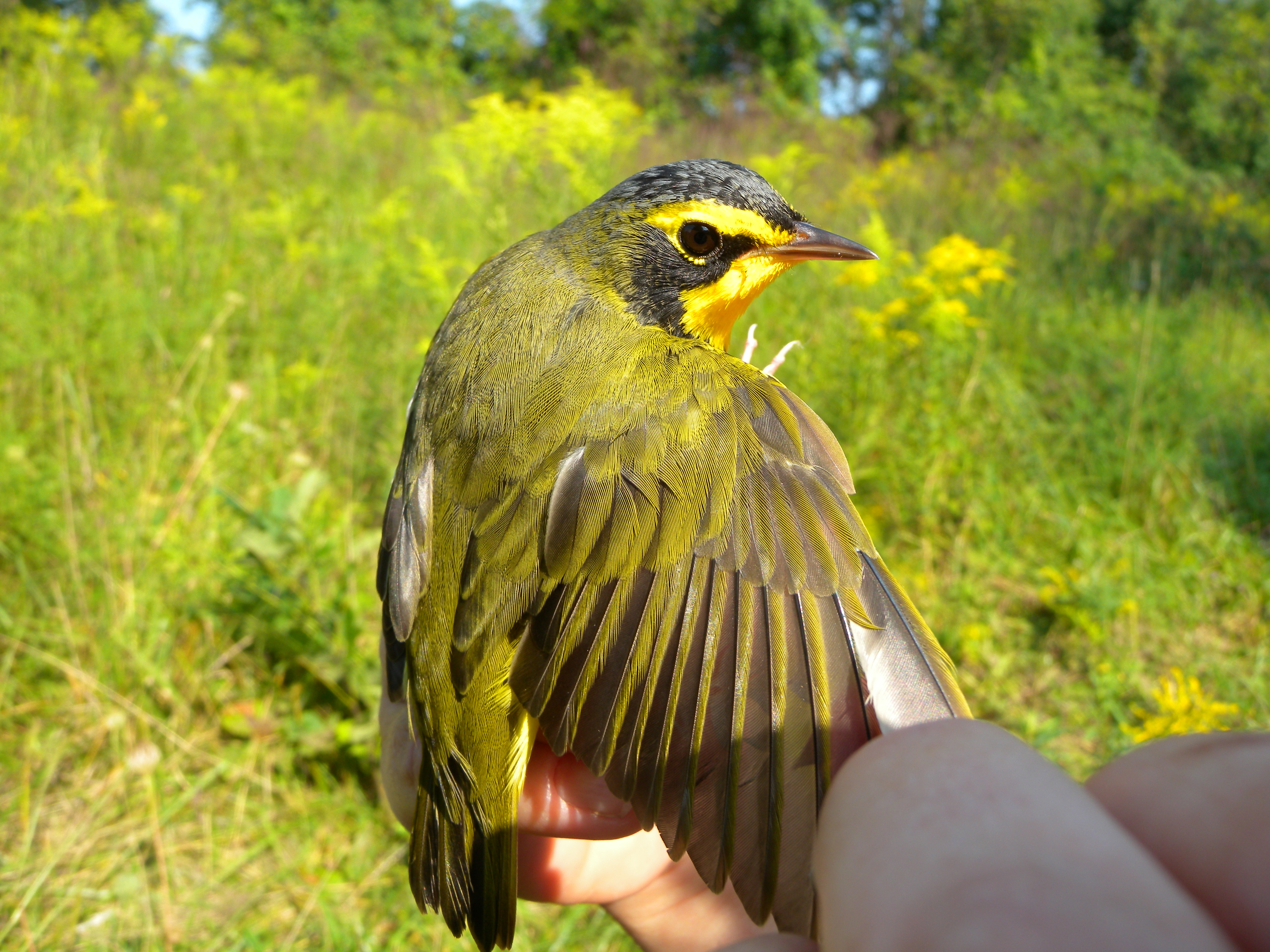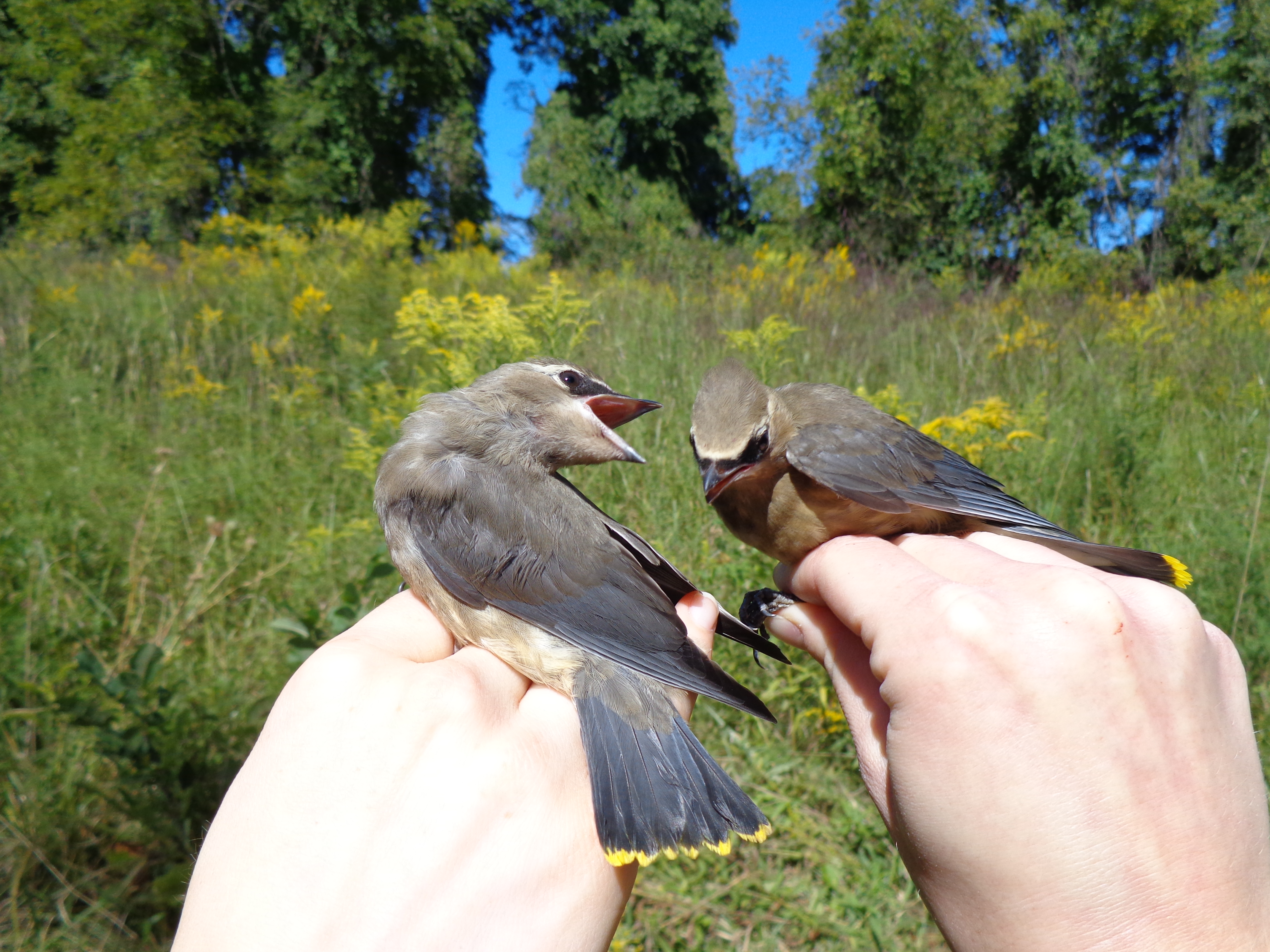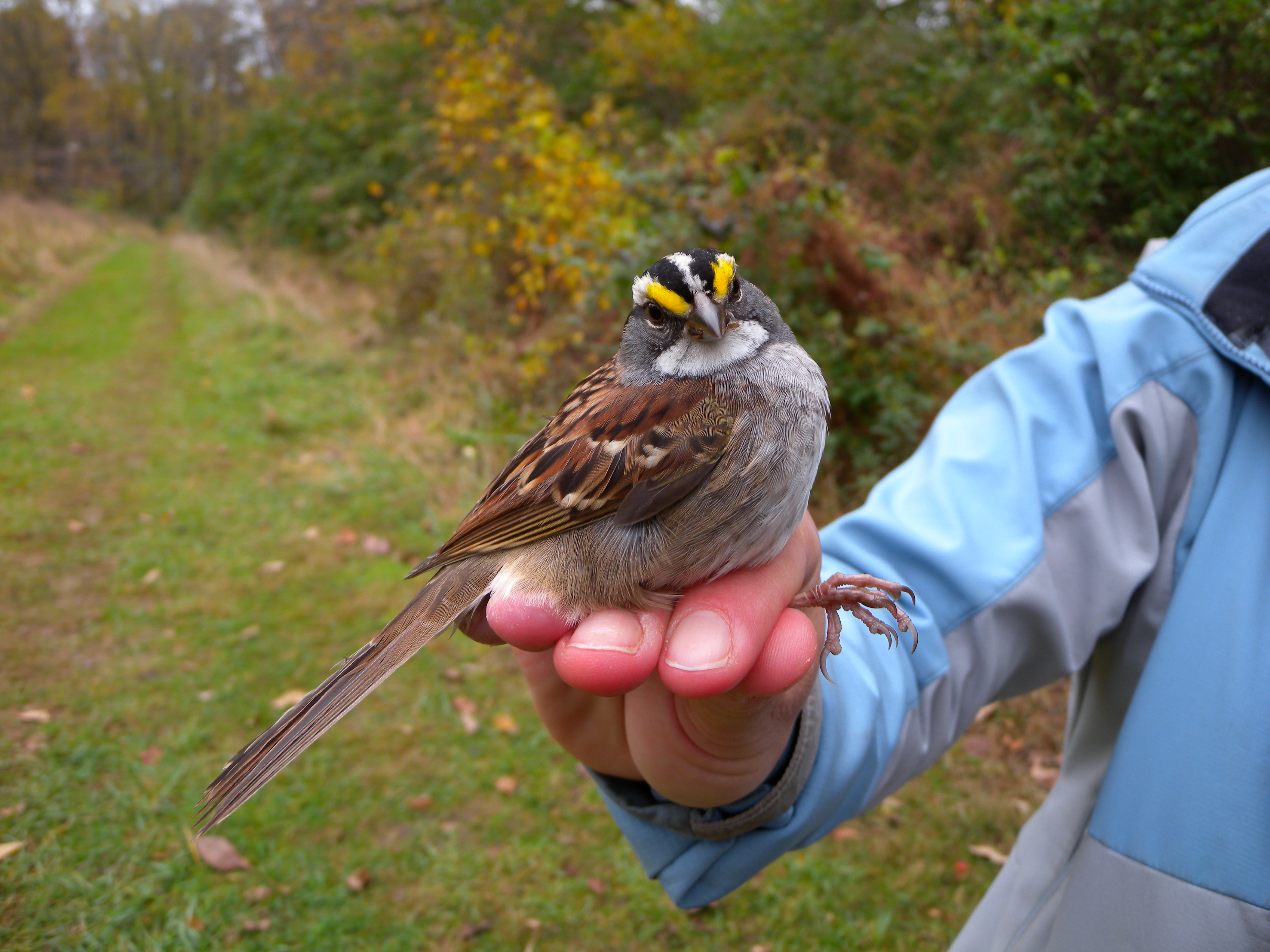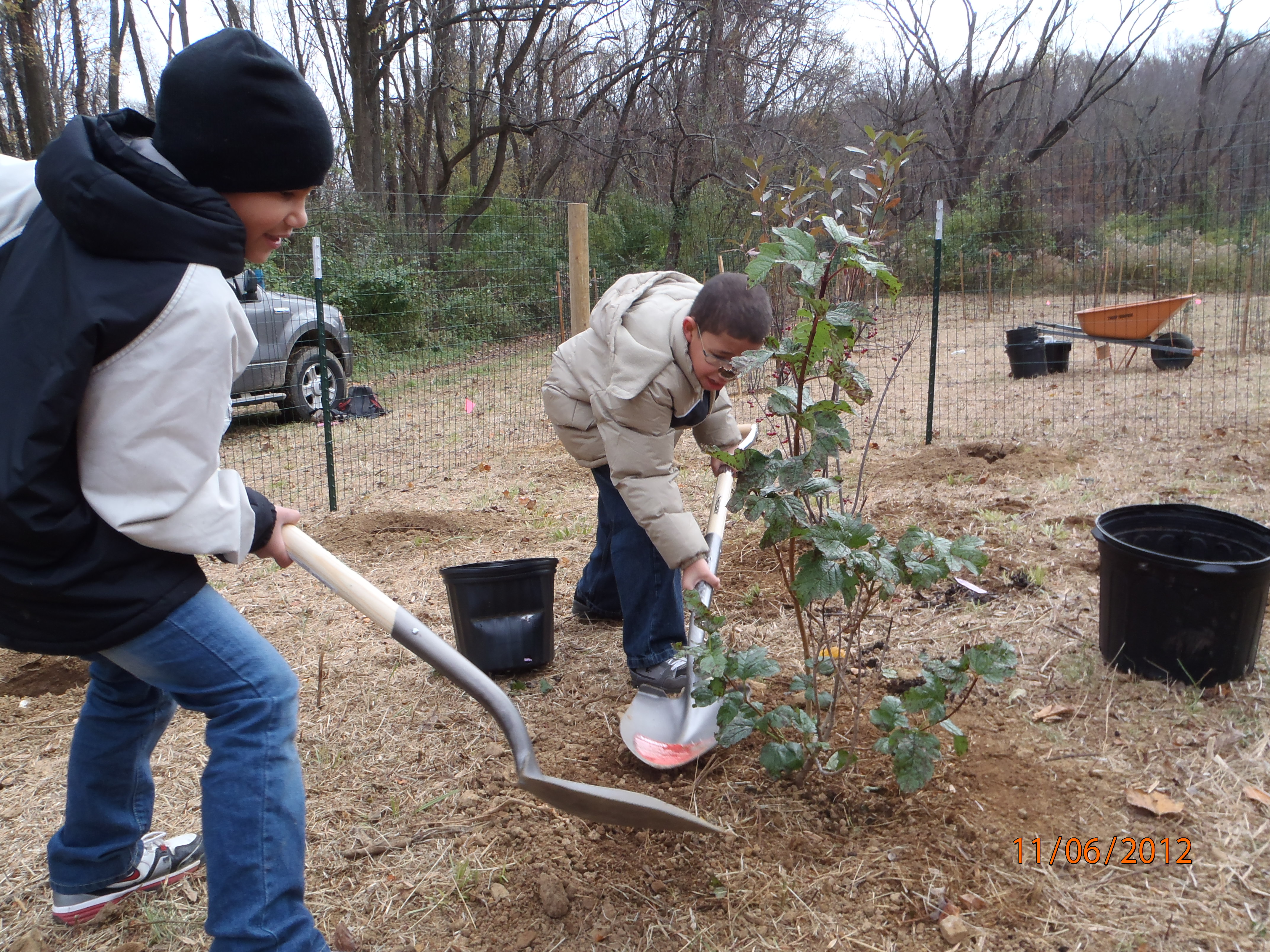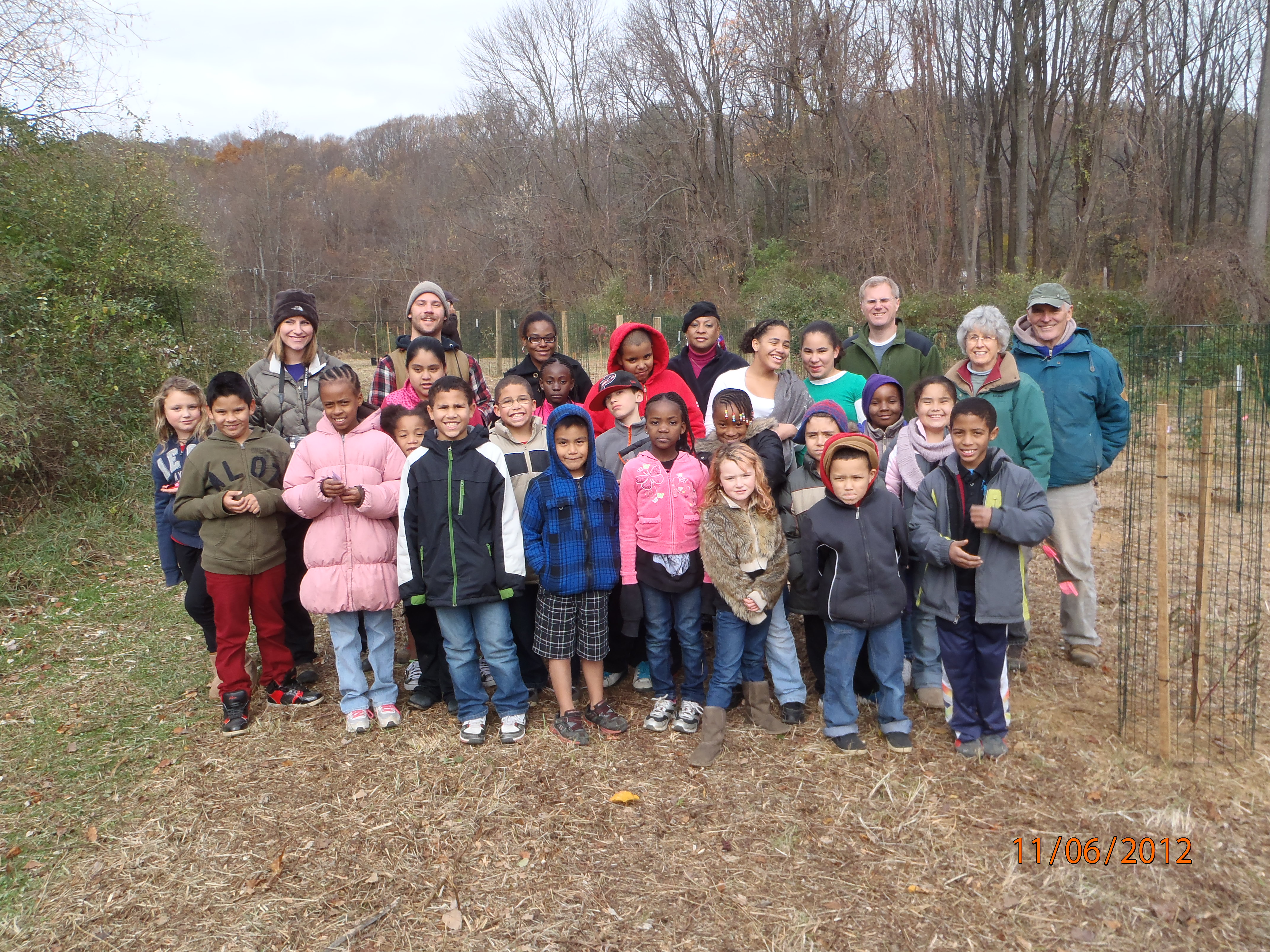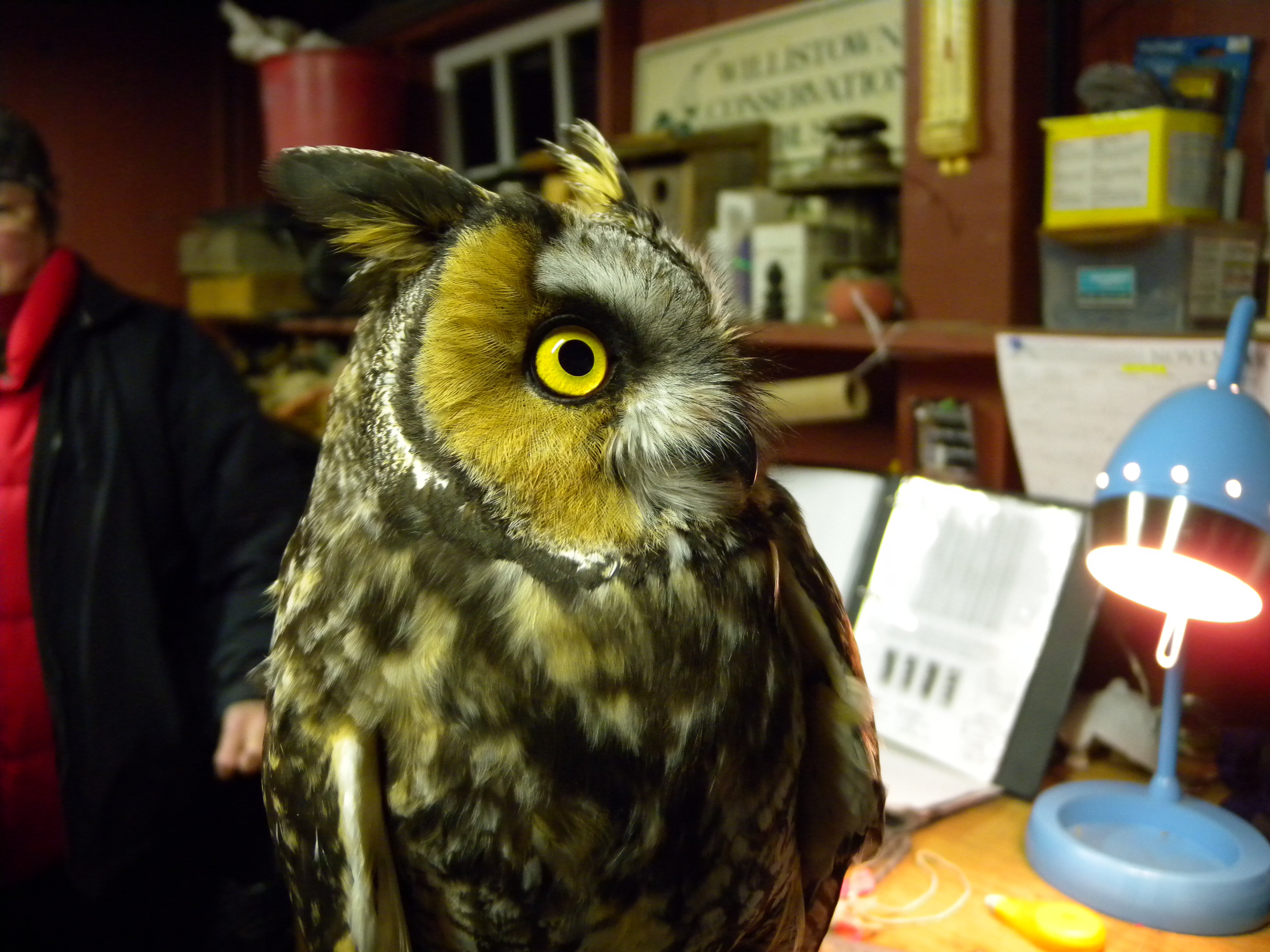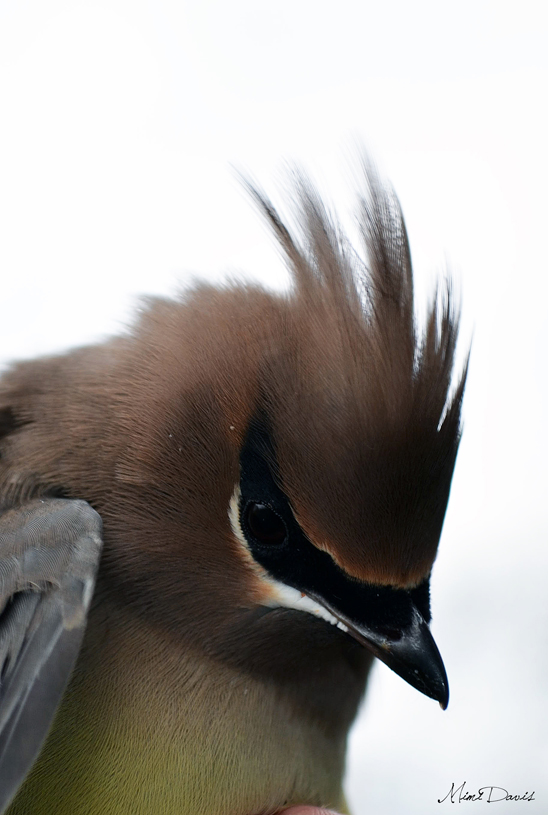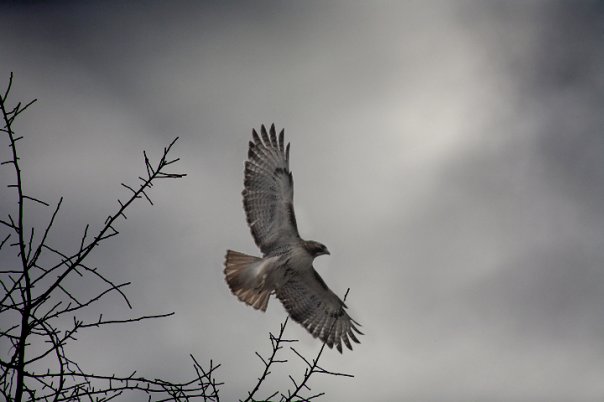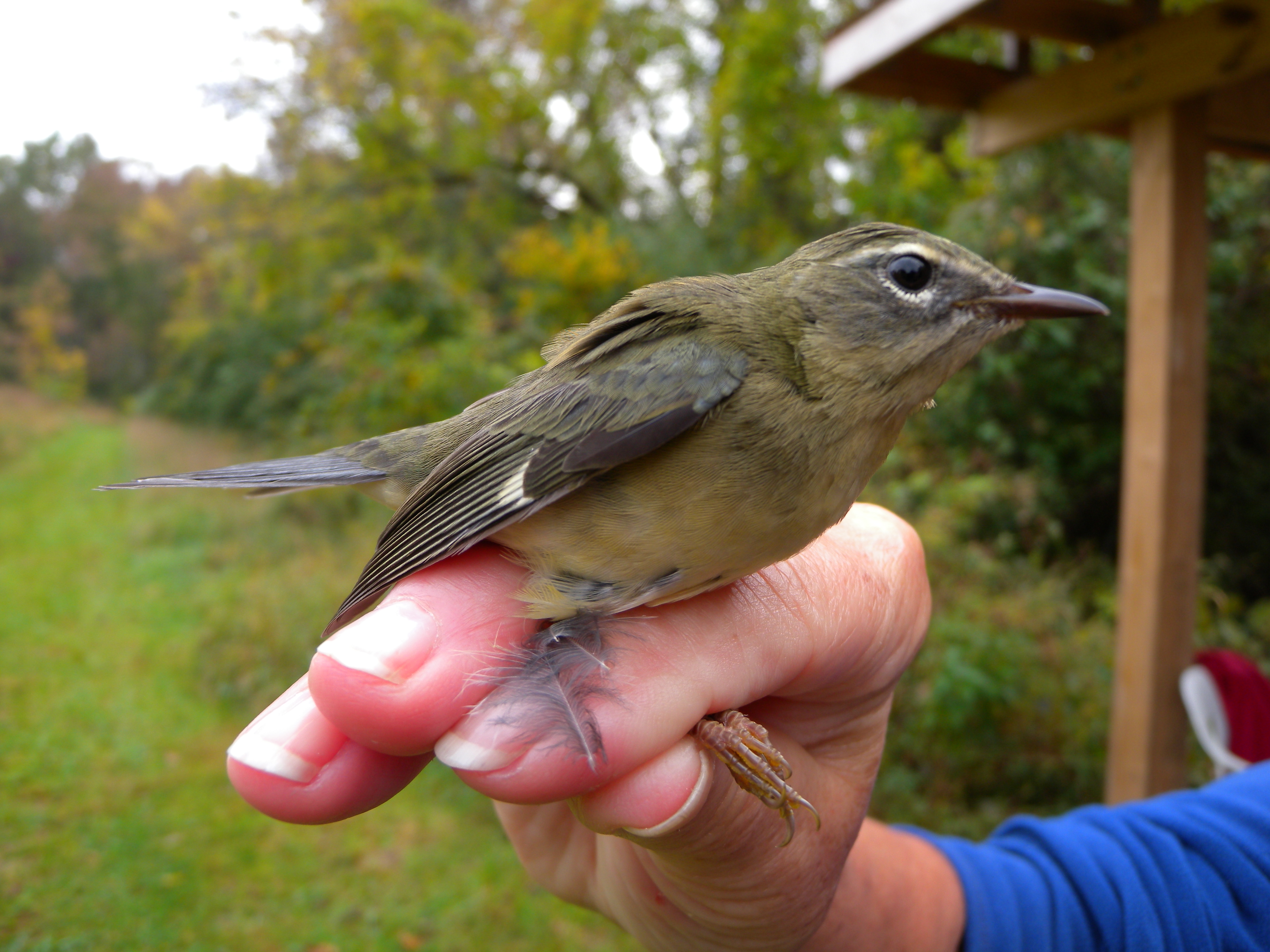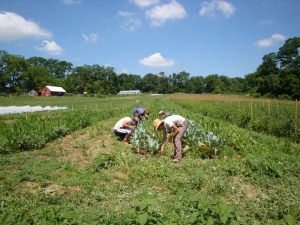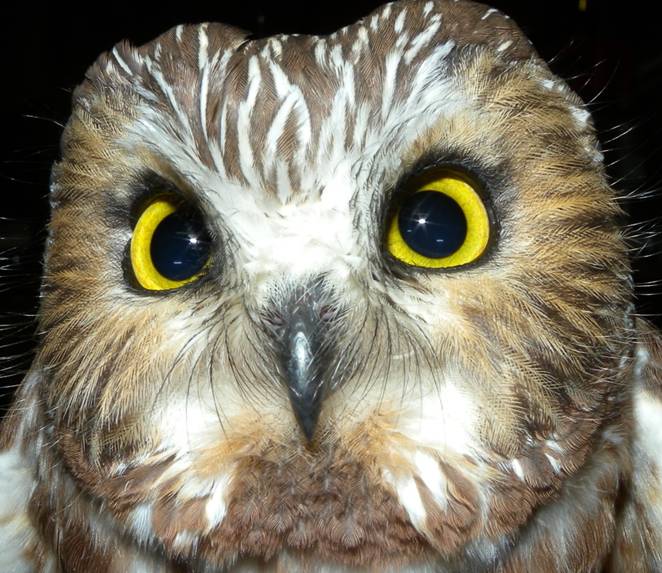
WAIT! If you’re a subscriber reading this in email format, before reading any further, please click on the title of the post right above in order to view the blog in the glory it was meant to have on the actual blog website.
“Old Sam Peabody, Peabody, Peabody…..Oh Canada, Canada, Canada….”. However you interpret the angelically melodious song of the White-throated Sparrow, it is undoubtedly one of the sweetest bird songs to grace our ears. Unfortunately, these remaining precious songsters will soon be back in Canada and New England where they breed. The replacements for the White-throats and the Dark-eyed Juncos are quickly flooding through our area, inundating us with a flurry of new colors, songs and activity.
Spring is an exciting time already, aside from the return of the birds: spring peepers are cheerily chirping away and the dreamy whirring of toads fills the night air with vernal euphoria, salamanders are bustling about the forest floor on wet nights, cherry blossoms and red maple buds are bursting open, and spring beauties and other enchanting woodland wildflowers are taking advantage of the light before leafout.


If spring were a cake though, the birds would be the icing… and what good is a cake without icing?
On Tuesday, April 16th, we once again raised our mist nets to monitor the avian species diversity and abundance using Rushton Woods Preserve and Farm as a stopover site during migration. And this is not just any nature preserve and farm; this is both a sustainable farm and a globally significant IBA (Important Bird Area) coexisting and mutually benefiting each other, while demonstrating the benefits of low impact land management techniques on bird populations. Learn more about the farm and stay up to date on both the feathers and the food it supports by following The Wild Carrot, Rushton Farm’s brand new blog!!

You are invited to observe our bird banding program every Tuesday and Thursday morning from April 18-May 21.
We open the mistnets at 6am and close them at 11am, so you are welcome to come visit us at Rushton anytime within those hours. The earlier hours usually produce the most birds because that’s when they tend to be most active, feeding and refueling from their night’s journey. Note: we do not band if it rains.
(Rushton Woods Preserve is at the corner of Goshen and Delchester Roads in Newtown Square, PA with the entrance on Delchester Road opposite 912 Delchester Road, Newtown Square PA 19073.)

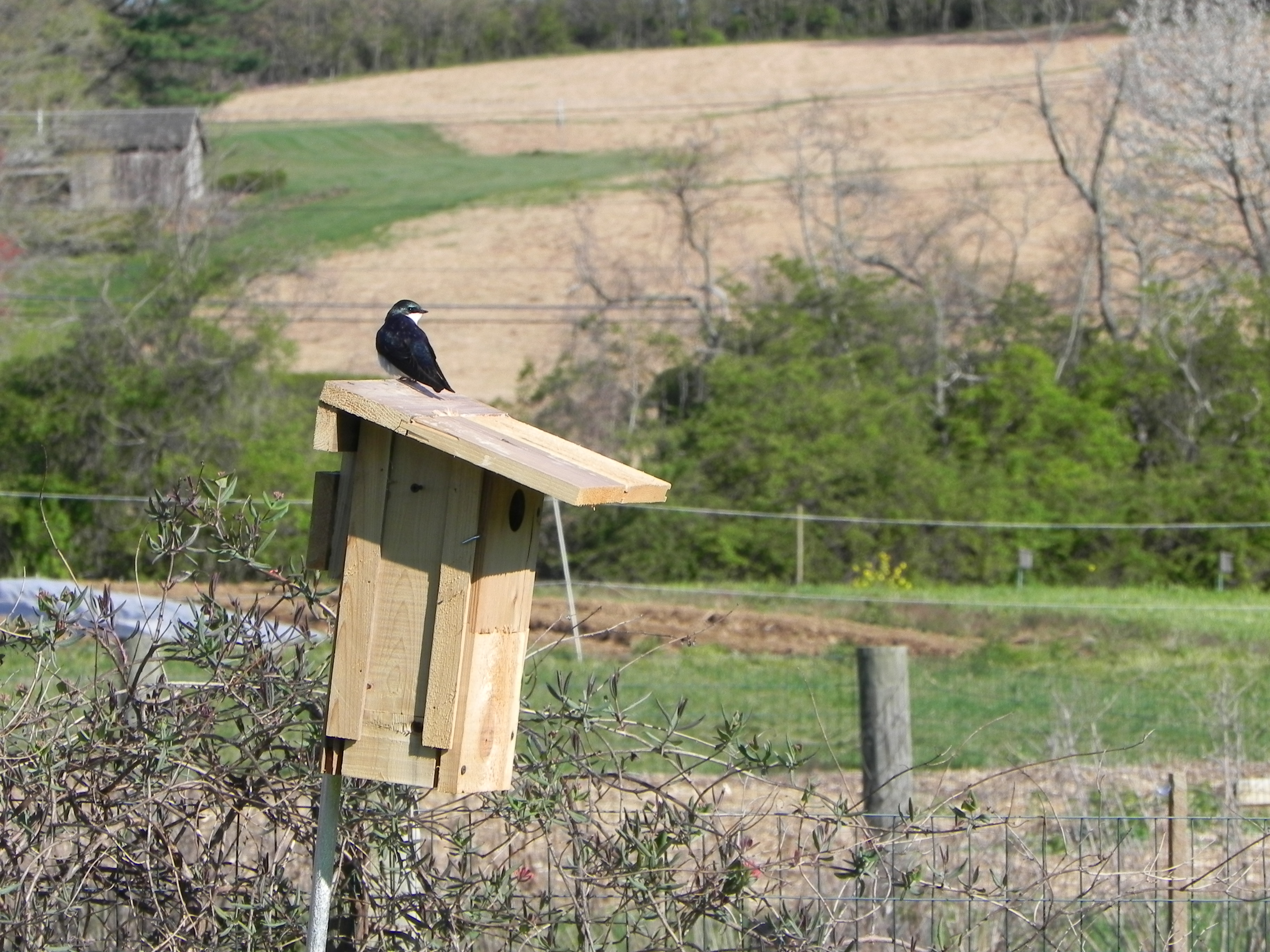
The office air is getting stale and we are excited to get back in the field amongst the birds and the land! The handsome Tree Swallows arrived at the farm a couple of weeks ago in their tuxedos and are beginning to claim their real estate (and their women!). The bluebird guys are stunning the lady blues with their breathtaking plumage and lovely, stammering songs. Brilliant red Northern Cardinal males are enjoying this time before the leafout when they can sit on conspicuous, still bare branches and sing their hearts out to their mates.


Purple Martin scouts have returned to the Willistown area from South America and will continue arriving in the coming weeks. Northbound flocks of Palm and Yellow-rumped Warblers are moving through along with some Pine Warblers, kinglets and even Hermit Thrush. Purple Finches are showing up at bird feeders around the area, so be sure to look twice at the birds you think are House Finches. Eastern Phoebes are investigating houses, porch lights, bridges and other man made structures on which to build their nests. Eastern Towhees are noisily scratching around the leaf litter looking for seeds, berries, spiders, insects and snails and telling us, “Drink you Teea!!”
Some early birds have been busy for awhile now: Great Horned Owl chicks in the area are leaving their nests, and Black Vulture chicks will be hatching soon!


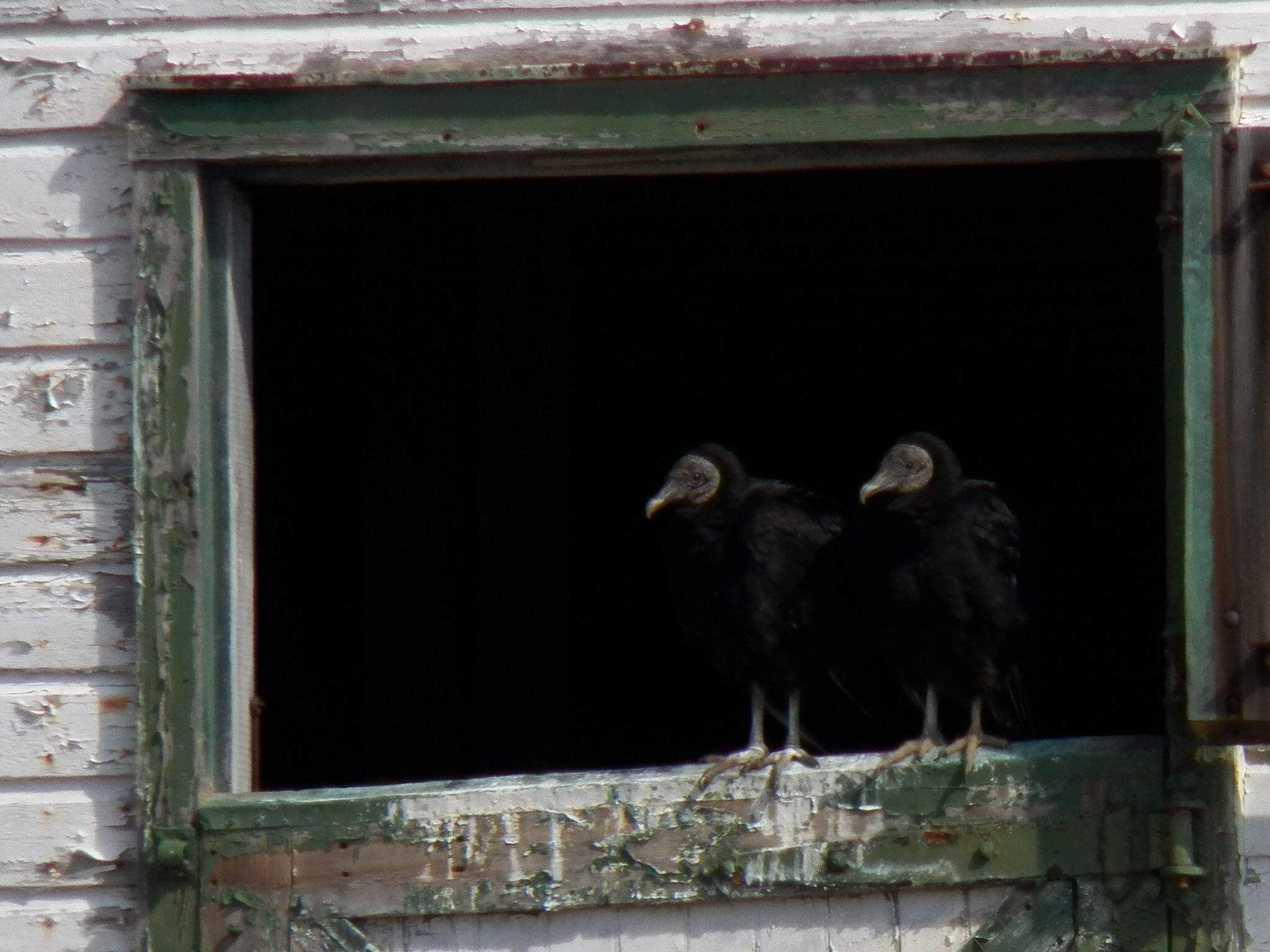
Other migratory birds are still on their way: House Wrens, Baltimore Orioles, Scarlet Tanagers, Wood Thrush, Ovenbirds, Catbirds, Indigo Buntings and bushels of warblers galore! As we move deeper into spring migration, remember to help us document the new arriving bird species on our “Bird Species Seen in 2013″ checklist, which is located on our website here. Last year, 170 species were reported in the Willistown area. Help us beat last year’s total!
Oh and get your hummingbird feeders back out (if you ever put them away) because they are zooming over the Gulf of Mexico as we speak!

There are even still some reports of Western hummingbirds, like Rufous, in the state. This past fall/winter was a record with over 90 Western hummers reported in Pennsylvania, one of which was right here in Devon, PA. These hummingbirds are evolving new migration routes by passing on a genetic defect that causes them to want to migrate east instead of south for the winter. With the relatively mild winters we now have and the help of birders keeping their hummer feeders up all winter, these “defective” Western hummers can make it through the winter in the East and then go back to the West to make more “defective” hummers. Specially certified banders have been banding these vagrant hummingbirds to learn more about this phenomenon. Watch this Audubon at Home video to witness the banding of an Allen’s Hummingbird in suburban Philadelphia, November 2012.

Northern Saw-whet Owl Banding – 2012 Season Summary
Last Fall was not only a record for Western hummingbirds in PA but also for southbound Northern Saw-whet Owls. We banded 263 new saw-whet owls in 7 weeks of banding from October through November plus recaptured 42 owls that were already banded (called retraps), including our own owls and 9 “foreign” owls (originally banded by other stations). Unlike the Western hummers in PA, these little migratory owls were not “defective”; they were simply doing what they are supposed to do, in larger numbers than usual! Saw-whet owls breed in high elevation coniferous forests in the Appalachian mountains, the mountains of the Western U.S. and throughout Canada and Alaska. In the fall they migrate through our area (with some overwintering) and can travel as far south as Alabama.

The reason there were so many more saw-whets in 2012 as compared to previous years (we banded 34 owls in 2011 and 91 in 2010) is because it was an atypical irruption year. It was a productive summer in the north for the pine trees, which produced many seeds, which in turn supported a healthy rodent population. This set the stage for the production of huge numbers of baby saw-whets, which then got kicked out at the end of the breeding season and were forced to flood south for the winter, a time of food scarcity in the north. About 90% of the owls we banded were hatching year owls (owls born that summer). About 70% of the total catch were females, which is presumably because the adult males prefer to stick out the winter on their northern territories that they worked so hard to establish.

We had several notable discoveries during our 2012 season of owls. One foreign bird that graced our nets was a female banded at Drumlin Farm in Massachusetts in October of 2007! A 5 year old owl is big news, since we mostly get only young owls. One hatching year owl traveled 65 miles north to us from a banding station in Chestertown, Maryland in 4 nights….I guess it back-tracked when it heard about the five-star organic mouse buffet, called Rushton, that it missed on its way down the flyway!

Some of our owls ended up at other banding stations as well. One female that we banded as a second year bird in November 2010 showed up this year near Blue Mountain! Another of our banded owls was retrapped at Lake Ontario, Canada, and we’ve exchanged many owls with Scott Weidensaul’s multiple stations north of us in PA. To learn more about the fascinating world of saw-whet owls and saw-whet owl banding, a MUST READ article is Dark Moon Traveler in Natural History.
Beauty in the Brambles Workshops
Successional Shrub Habitat is the “in between habitat” that exists before a meadow becomes a woodland. Composed primarily of shrubs, these important habitats are threatened in Southeastern PA because many landowners clear these areas, seeking a more suburban manicured look. Our workshops are meant to help people understand and consider the ecological value of these habitats for birds and other wildlife and learn to see the unconventional beauty these places hold.

During these educational workshops, we’ll discuss the value of shrub habitats to birds, explore options for management on preserves and your own property, and see some of the bird species that depend on this special habitat. These workshops will be held by Audubon Pennsylvania, Valley Forge Audubon Society and the Willistown Conservation Trust at preserves within our program area where Successional Shrub Habitat models have been established.

We hope our efforts will help landowners, property managers, landscapers and the general public consider the “Beauty in the Brambles” when faced with decisions to clear habitat. Why not simply leave it (or at least part of it) alone and enjoy the life it supports? We have enough to clean inside our houses…why spend energy and money tidying up every single inch of our properties to resemble biologically barren lawns when habitat loss is the leading cause of decreased biodiversity today. As the human population continues to take over the earth, it’s becoming more urgent that we become more considerate stewards of the land and better neighbors to our fellow creatures.
We’re not asking people to get rid of their lawns completely, but rather to consider saving (or even creating) a corner or two filled with wonderful shrubs for the birds! Remember when all of the habitat is gone and there are no birds left, spring will be a very sad and lifeless cake with not a speck of icing!
We have already lost half of the songbirds that filled the sky just 40 years ago, according to Bridget Stutchbury in her new book, “Silence of the Songbirds”.
If you haven’t already, please read more about our “Beauty in the Brambles” Successional Shrub Habitat initiative for the birds in my past blog post called “WCT Gives Thanks for a National Grant from Audubon and Toyota.”
You can also learn more about the importance of this bold new habitat initiative by checking out our enlightening “Beauty in the Brambles” brochure, which is available to thumb through electronically on the Audubon and Toyota TogetherGreen blog!
Hope to see you at one of our workshops! They’re short and fun plus you’ll get free food, new knowledge and a native shrub that birds love!
WCT Rushton Birds are NOW TWEETING!
Follow the Rushton Banding Station on Twitter to receive instant news live from the field at Rushton Woods Preserve and Farm. I’ll let you know how the mornings are going, if significant numbers of birds are hopping into our nets, and if we are banding significant or uncommon species, like Connecticut Warblers. If you already have a Twitter account, simply search for “WCT Rushton Birds” and click “Follow.” If you don’t have a Twitter account, go to Twitter.com and set one up today by choosing a username and password.
Enjoy the spring! There’s a lot going on in the woods…
Blake














